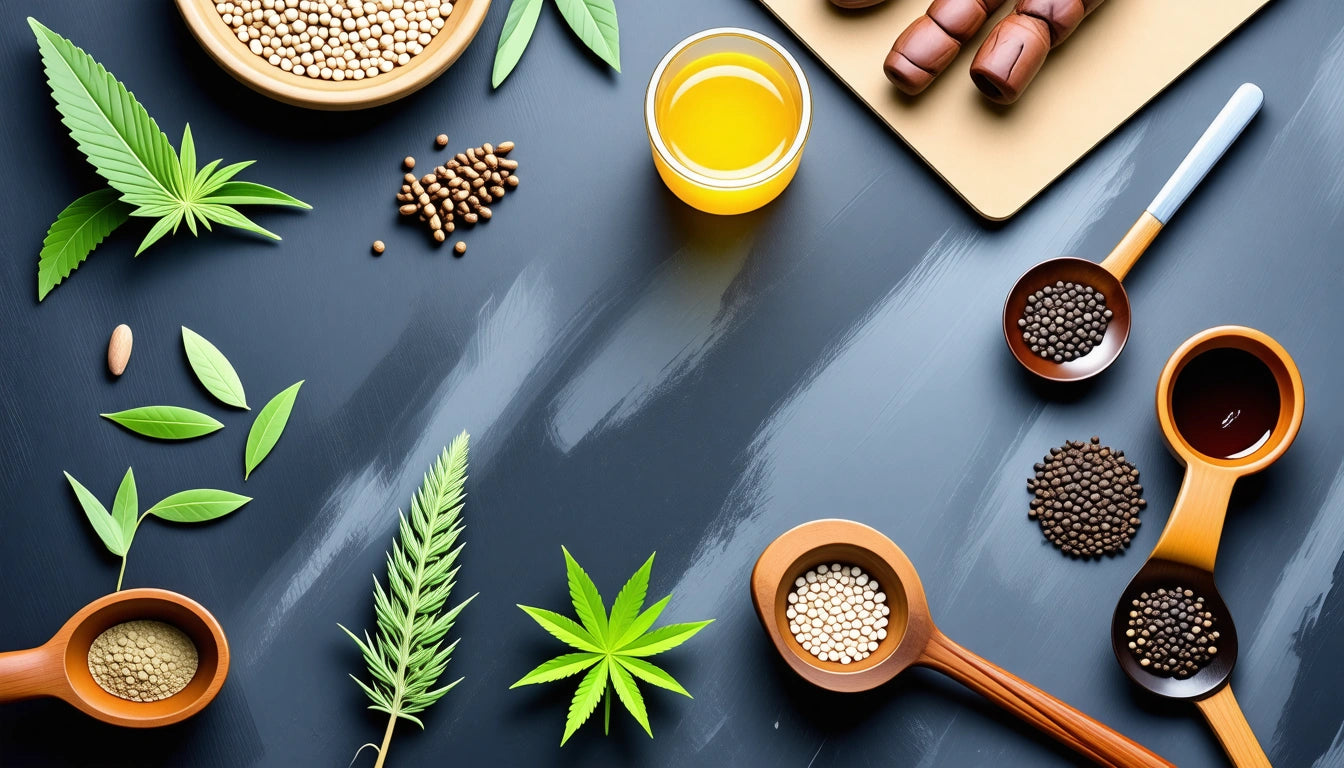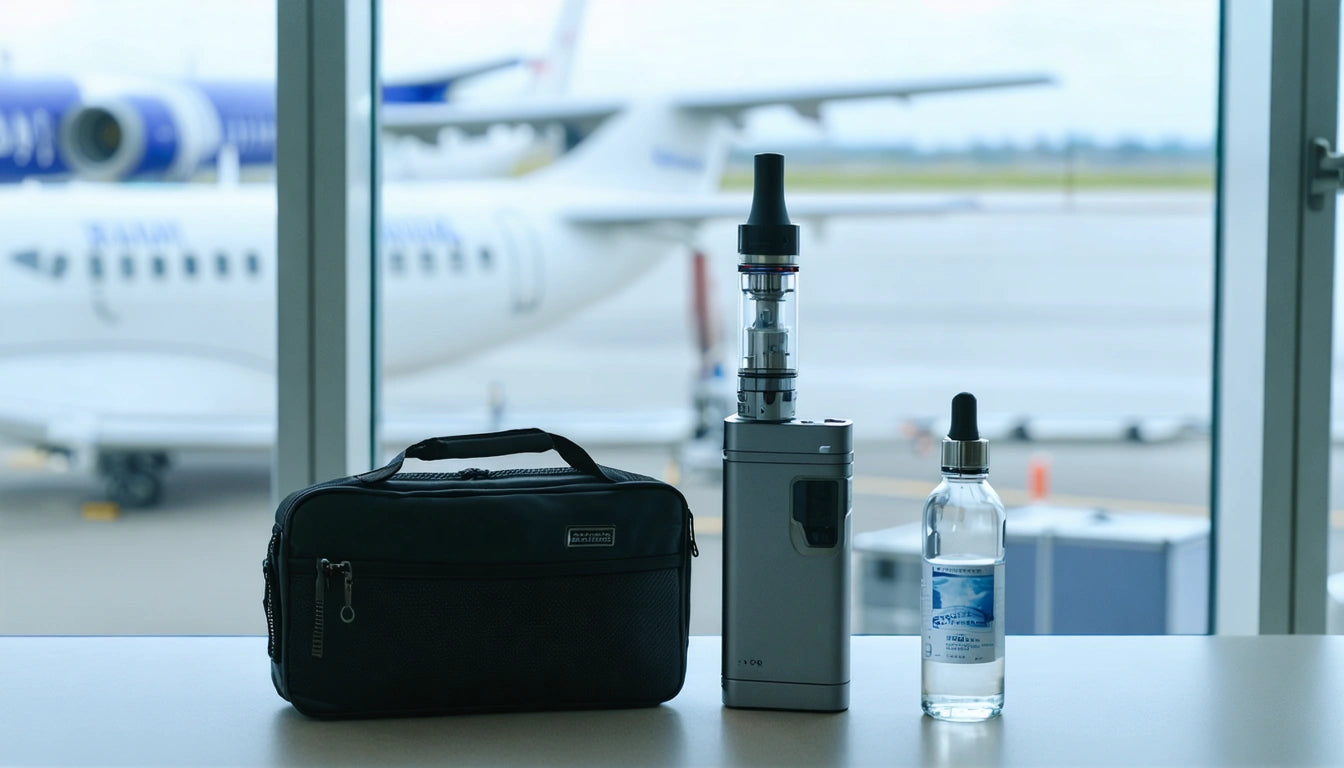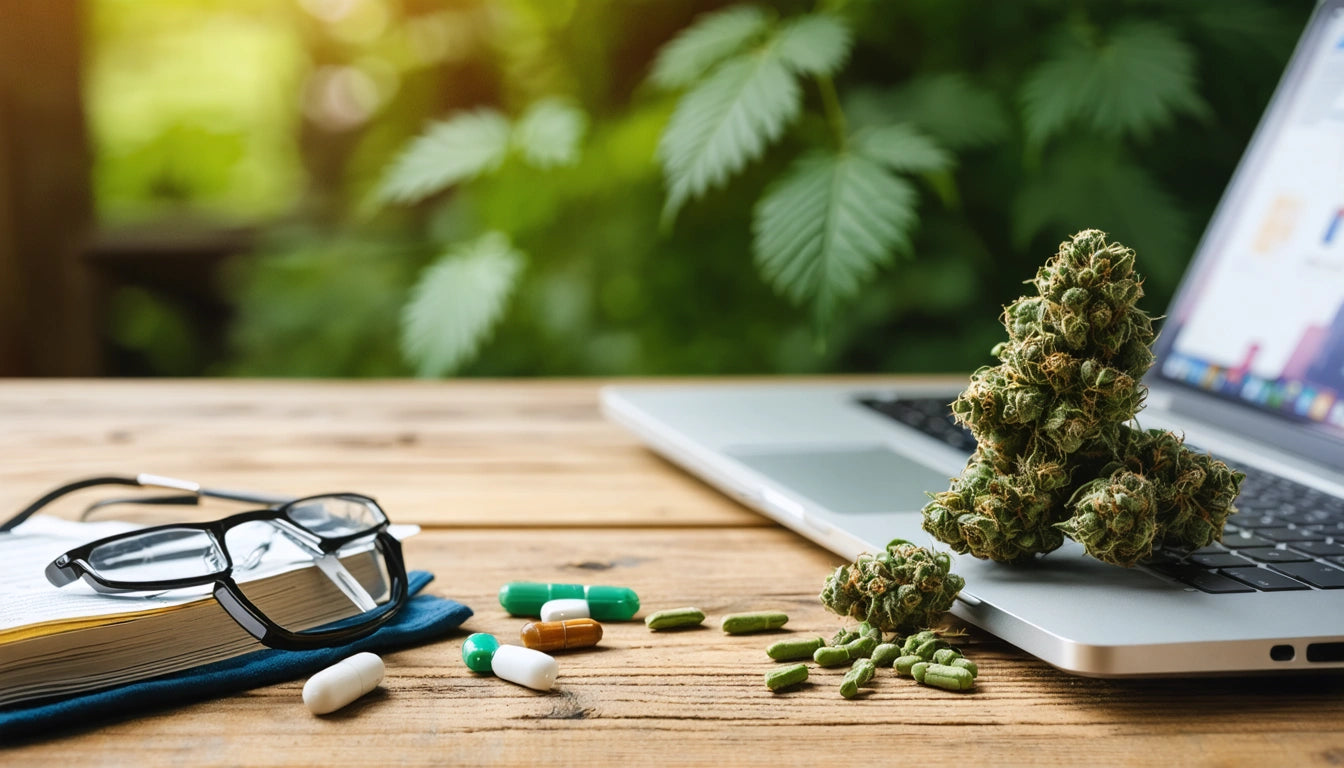Can You Eat Raw Weed? Exploring the Effects and Safety of Consuming Cannabis
The question "can you eat weed" is more common than you might think. With increasing cannabis legalization and growing interest in alternative consumption methods, many wonder about the effects and safety of consuming raw cannabis. This comprehensive guide explores what happens when you eat raw marijuana, the science behind its effects, and safer alternatives for consumption.
Raw Cannabis Consumption: Facts vs. Fiction
Yes, technically you can eat raw weed. Cannabis in its raw form, whether leaves, buds, or flower, is a plant material that can be physically consumed. However, eating raw cannabis won't produce the high typically associated with marijuana consumption. This is due to the chemical composition of raw cannabis, which contains THCA (tetrahydrocannabinolic acid) rather than active THC (tetrahydrocannabinol).
Many misconceptions exist about consuming raw marijuana buds or leaves. Some believe eating raw cannabis will produce psychoactive effects similar to smoking or consuming edibles, while others think it might be toxic. Neither is accurate.
What Happens If You Eat Raw Weed?
If you eat raw weed flower or leaves, you'll likely experience:
- Minimal to no psychoactive effects
- Possible digestive discomfort
- A distinctly earthy, sometimes unpleasant taste
- Potential exposure to beneficial cannabinoids and terpenes in their acid forms
- Possible exposure to contaminants if the cannabis isn't properly sourced
As explained in this guide to whether you can get high from eating weed, raw cannabis consumption generally won't produce intoxication because the psychoactive compounds haven't been activated.
THCA vs. THC: Understanding Decarboxylation
The key to understanding why eating raw cannabis doesn't get you high lies in a process called decarboxylation. Fresh cannabis contains THCA, the non-psychoactive precursor to THC. When cannabis is heated through smoking, vaping, or cooking, THCA converts to THC through decarboxylation, removing a carboxyl group and activating its psychoactive properties.
Without this heating process, consuming raw marijuana buds or leaves provides exposure to THCA and other cannabinoid acids, which interact with the body differently than their decarboxylated counterparts.
Potential Benefits of Raw Cannabis
While eating raw cannabis won't get you high, some research suggests potential benefits from consuming cannabis in its raw form:
- THCA and CBDA (cannabidiolic acid) may have anti-inflammatory properties
- Raw cannabis contains fiber, vitamins, and minerals
- Cannabis leaves contain chlorophyll, which some believe has detoxifying properties
- Terpenes present in raw cannabis may offer aromatic therapeutic benefits
Some people incorporate raw cannabis leaves into smoothies or salads for these potential nutritional benefits, similar to other leafy greens.
Risks and Safety Concerns
Despite being non-psychoactive, eating raw weed isn't without risks:
- Potential pesticide or contaminant exposure if the cannabis isn't properly grown or stored
- Digestive discomfort from consuming plant material
- Legal concerns depending on your location
- Uncertain dosing and effects compared to regulated products
As discussed in this exploration of cannabis risks, while raw consumption isn't typically dangerous, quality and sourcing remain important considerations.
Effective Ways to Consume Cannabis
If you're interested in cannabis consumption, several methods are more effective than eating raw weed:
- Edibles: Professionally made or homemade food products containing decarboxylated cannabis
- Tinctures: Liquid extracts that can be added to food or taken sublingually
- Smoking or Vaping: Traditional methods that instantly decarboxylate cannabinoids
- Oils and Capsules: Processed cannabis products with consistent dosing
For those interested in oral consumption specifically, this guide explores safe ingestion methods that provide predictable effects.
Storage and Freshness Considerations
Whether you're storing cannabis for cooking, smoking, or raw consumption, proper storage is essential. Cannabis degrades when exposed to oxygen, light, and improper humidity levels. Using humidity control packs designed for cannabis preservation can maintain optimal moisture levels, preserving terpenes and preventing mold growth in your stored flower.
Proper storage ensures that if you do choose to consume cannabis in any form, you're getting the freshest, safest experience possible. For raw consumption specifically, treating cannabis like any other fresh herb or vegetable is advisable, keeping it refrigerated and using it promptly.
Making Informed Consumption Choices
While you technically can eat raw weed leaves or flower, it's not the most effective way to experience cannabis. Understanding the science behind cannabis consumption helps you make informed decisions about how to safely incorporate it into your lifestyle.
For those interested in the therapeutic potential of raw cannabis, consulting with healthcare providers knowledgeable about cannabis is recommended. For those seeking psychoactive effects, decarboxylated products provide a more reliable experience with predictable dosing.
Regardless of your consumption method, sourcing quality cannabis from reputable producers and understanding local regulations remains essential for a safe experience. As research continues to evolve, our understanding of raw cannabis consumption and its potential benefits may expand, offering new insights into this versatile plant.











Leave a comment
All comments are moderated before being published.
This site is protected by hCaptcha and the hCaptcha Privacy Policy and Terms of Service apply.